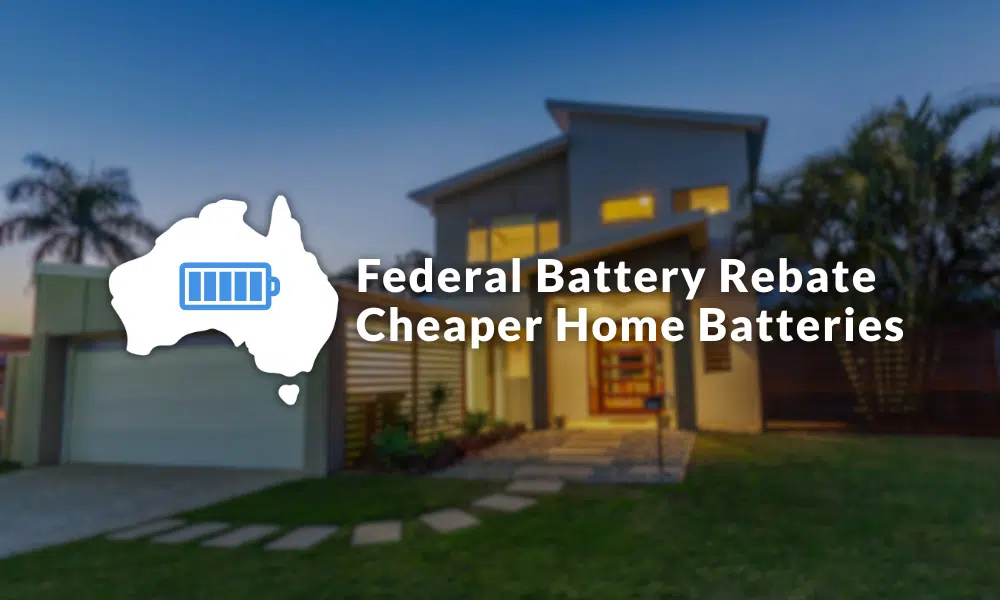
SYDNEY, AUSTRALIA – Homeowners and solar retailers have been eagerly awaiting confirmation – and the federal government has now officially released details of its highly anticipated Cheaper Home Batteries Program, set to launch on 1 July 2025.
The $2.3 billion program, announced as part of Labor’s re-election commitments, will offer eligible households and small businesses across Australia a 30% discount on installing a battery system upfront. The plan is to lower energy costs and store more solar energy across the land.
What is the Cheaper Home Batteries Program?
This national initiative is designed to help Australians offset the high initial costs of installing small-scale batteries, either alongside new solar systems or retrofitted to existing ones.
There’s no means to test, which means all are eligible. The subsidy can be used by both homes and small companies and is aimed at:
- Lowering the upfront cost of battery installation
- Cutting electricity costs across the board, whether or not a battery is installed
- Supporting Australia’s transition to net-zero emissions by strengthening renewable energy infrastructure through greater battery uptake
How the Rebate Will Work
The rebate will be delivered through the Clean Energy Regulator as Small-scale Technology Certificates (STCs) under an expanded version of the existing Small-scale Renewable Energy Scheme (SRES).
From 1 July 2025:
- Each eligible battery system will attract 9.3 STCs per kWh of usable battery capacity.
- The rebate will be capped at 50kWh
- The STCs will be valued at approximately $40 each, translating to around $372 per kWh
For example, a 10kWh battery system would receive roughly 93 STCs, providing an estimated $3,720 discount in 2025. However, this discount will reduce each year as the number and value of STCs gradually decline until the scheme wraps up in 2030. By then, the same 10kWh battery could receive only $1,880 in rebates.
| Year | Estimated Value per kWh (kilowatt hour) | STC Factor |
| 2025 | $372 | 9.3 |
| 2026 | $336 | 8.4 |
| 2027 | $296 | 7.4 |
| 2028 | $260 | 6.5 |
| 2029 | $224 | 5.6 |
| 2030 | $188 | 4.7 |
STC Market Considerations
It’s important to note that the actual value of your discount may vary. While the market value of an STC is up to $40, installers often sell STC via brokers or traders rather than on the open market. This means the price they receive – and pass on to you – could be lower than $40 per certificate, slightly reducing your rebate.
Homeowners and small businesses do have the option to create and sell their own STCs instead of assigning them to their installers. However, doing so involves registering with the Clean Energy Regulator, handling the certificate creation process, and finding a buyer, usually a broker.
Even though going it alone might result in a higher payout – for instance, a 10kWh system could return between $3,255 and $3,534 after brokerage fees – most Australians will likely find the admin, delays, and effort outweigh the small financial gain.
As such, the instant rebate offered by your installer remains the simpler and more convenient choice for most people.
The Cheaper Home Batteries Program is set to kickstart Australia’s battery storage boom, making solar energy storage far more accessible. Those looking to take advantage of the maximum rebate are encouraged to act sooner rather than later, with higher discounts available in the program’s early years.